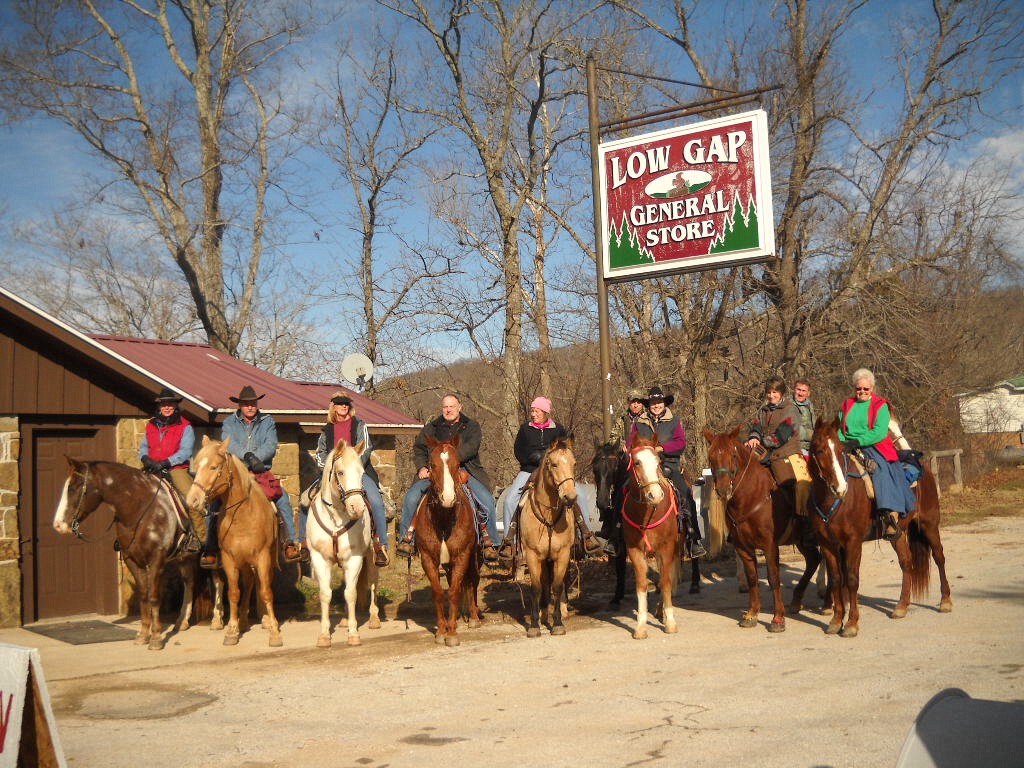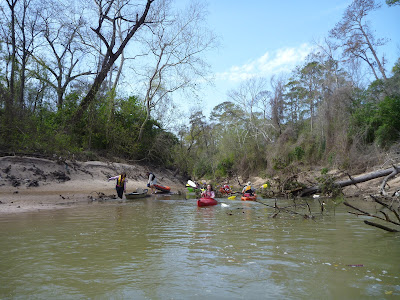 I returned to Lost Valley for the last hike of my trip. It's a
relatively easy trail in a very accessible location but there's a great
deal of beauty per acre. While I enjoyed it during my fall visit a
couple of years ago, the greater volume of running water this time made
it even more special.
I returned to Lost Valley for the last hike of my trip. It's a
relatively easy trail in a very accessible location but there's a great
deal of beauty per acre. While I enjoyed it during my fall visit a
couple of years ago, the greater volume of running water this time made
it even more special.The trail follows Clark Creek as it winds through the wooded valley, passing the Natural Bridge and Cob Cave before finally reaching Eden Falls.
On this visit I headed straight back toward the main falls, but I was sidetracked by the sound of falling water to the left of the trail. A short scramble led me to this pretty little moss-covered cascade. I paused to admire and then returned to the main trail. A few minutes later I could hear and see Eden Falls in front of me.
After enjoying the falls from below, I climbed the steeper trail to the mouth of Eden Falls Cave where Clark Creek emerges to create the falls.
I'd brought flashlights with the intention that this time I'd make my way to the underground falls hidden at the back of the cave. I did make it deeper into the cave than on my prior visit, but I chickened out at the point where the cave height reduced me to a crawl.
After retreating from the the cave and taking another opportunity to admire the falls, I worked my way back to to the Natural Bridge. I climbed down into the creek bed and worked my way through the bridge from the rear until I had a view of the pool beneath it. Then I returned to the trail and looped around to get this lovely frontal view of water pouring from beneath the bridge.
From here it was just a leisurely stroll back to the trailhead. The popularity of this little valley is such that despite it being the shortest hike I took during trip, it's also the trail where I saw the most people. There wasn't exactly a crowd, but periodically the valley would echo with the excited sounds of children's voices.
While I'm often a fan of peace and solitude, I couldn't help but smile as I listened to them. After all, if my folks hadn't planted the love of the outdoors in my heart by bringing me to places like this as a child, maybe I wouldn't have been in Lost Valley at all.
More Pictures of Lost Valley





















